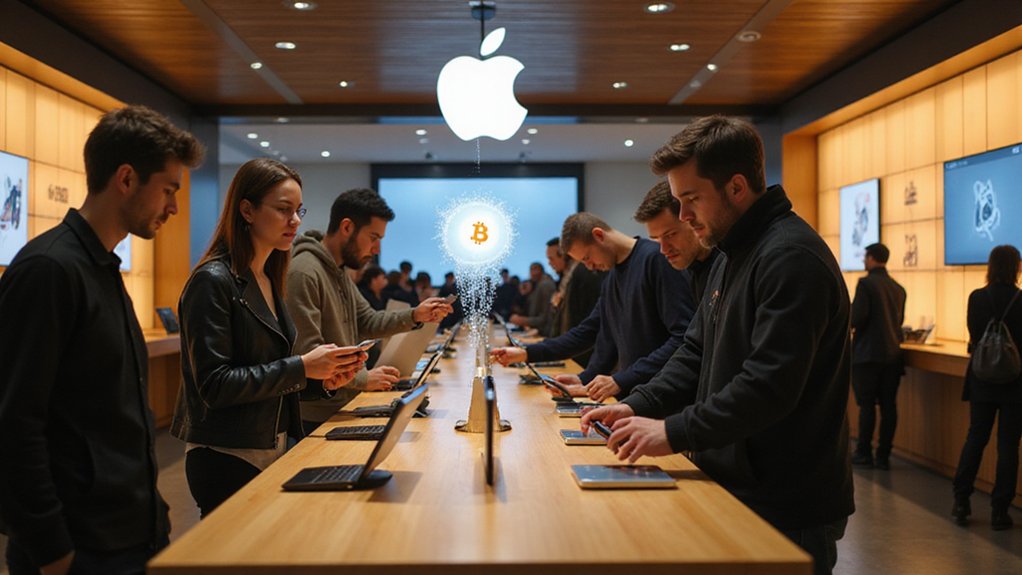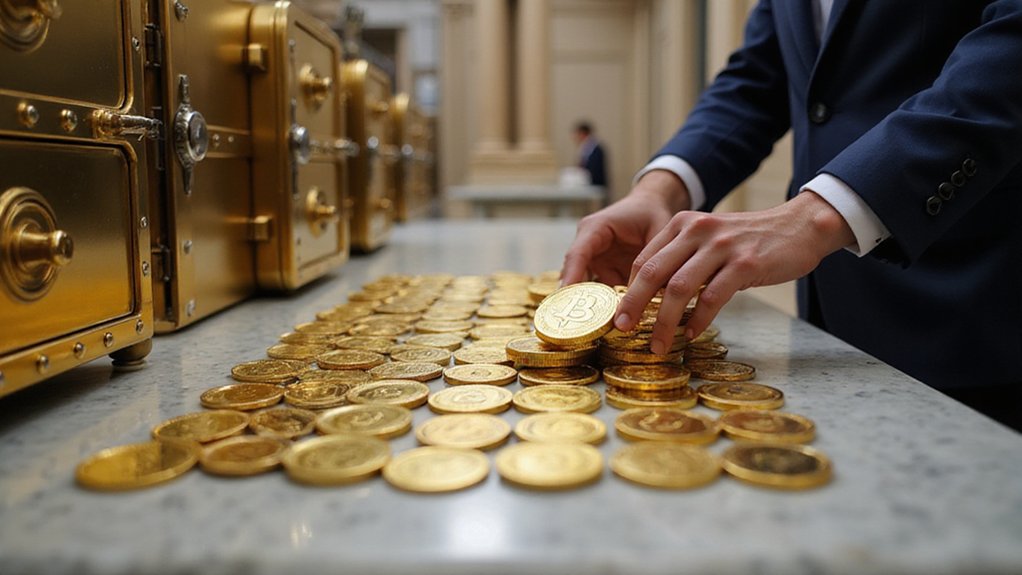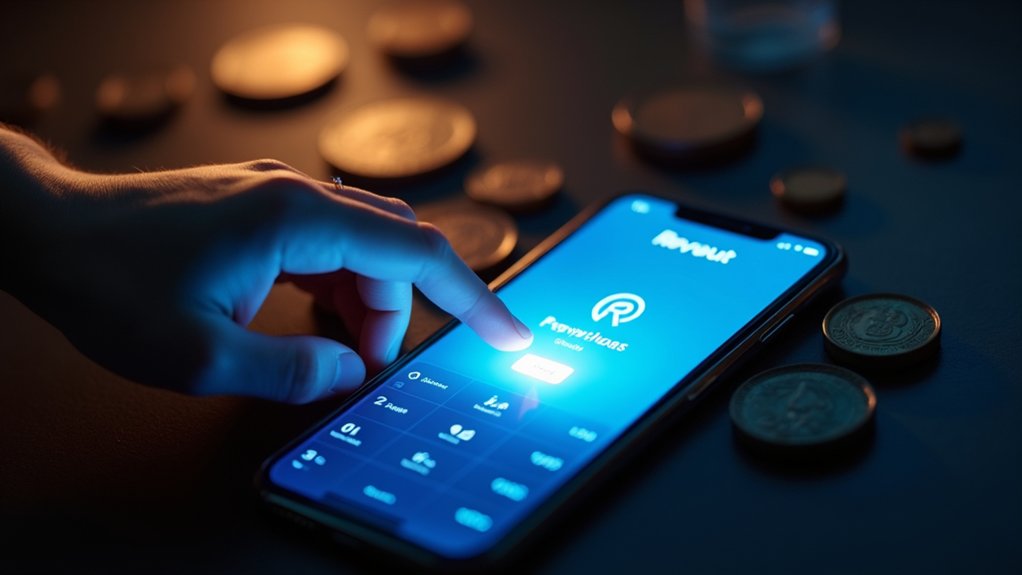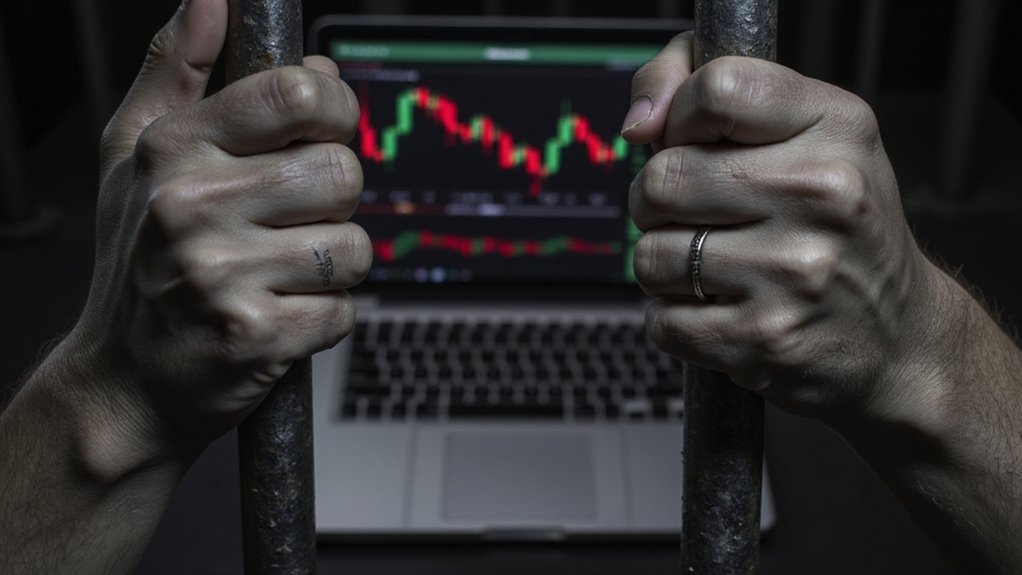While traditional financial institutions have spent decades perfecting the art of making simple transactions unnecessarily complex, a new technological paradigm threatens to upend their carefully constructed edifice of intermediation. Real-world assets (RWAs) represent a fundamental shift in how physical and intangible assets integrate with blockchain technology, creating digital representations that challenge conventional market structures with alarming efficiency.
The tokenization process transforms tangible assets—real estate, commodities, bonds, and intellectual property—into divisible digital tokens on blockchain platforms. This conversion enables fractional ownership, allowing investors to purchase portions of high-value assets that were previously accessible only to institutional players or ultra-high-net-worth individuals. Smart contracts automate traditionally manual processes like ownership transfers and dividend distribution, reducing the army of intermediaries who have historically justified their existence through opacity and complexity.
The benefits to financial systems are both profound and potentially disruptive. RWAs improve market liquidity by enabling 24/7 trading and fractional participation, while blockchain’s immutable record-keeping enhances transparency—a concept that makes some traditional institutions visibly uncomfortable. Previously illiquid assets become tradable on digital markets, releasing capital that has remained trapped in conventional structures for generations. This technological bridge effectively connects traditional finance with decentralized finance ecosystems, creating hybrid investment opportunities that combine the stability of conventional assets with the innovation of blockchain technology.
However, the path forward presents significant challenges. Regulatory frameworks remain in evolutionary flux, creating compliance complexities that would intimidate even the most seasoned financial attorneys. Legal ownership rights and enforcement mechanisms require clarification across multiple jurisdictions, while security concerns encompass everything from fraud prevention to sophisticated hacking attempts. Smart contract vulnerabilities present particularly concerning risks, as coding errors can lead to unintended financial losses with no reversal options.
Market participants must also address valuation, auditing, and reporting requirements for tokenized assets—tasks that prove considerably more complex than initial enthusiasm might suggest. The rise of RWAs has coincided with the emergence of decentralized governance structures, where token-weighted voting mechanisms enable stakeholders to participate in decision-making processes that affect asset management and protocol development.
Traditional financial institutions find themselves at a crossroads, compelled to modernize legacy systems while simultaneously protecting established revenue streams. The integration of blockchain capabilities offers new product opportunities, yet threatens existing intermediation models through disintermediation and automation. Banks and asset managers increasingly collaborate with blockchain providers, recognizing that adaptation represents survival rather than innovation.
The tokenized RWA market‘s potential spans hundreds of trillions of dollars, suggesting that this technological disruption will reshape financial markets regardless of institutional resistance. The question remains whether traditional players will lead this transformation or merely react to it.









